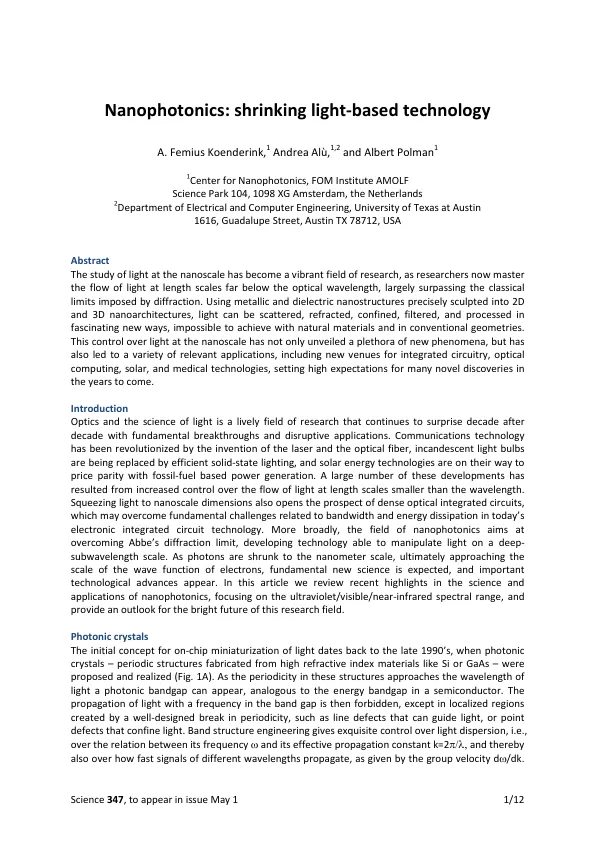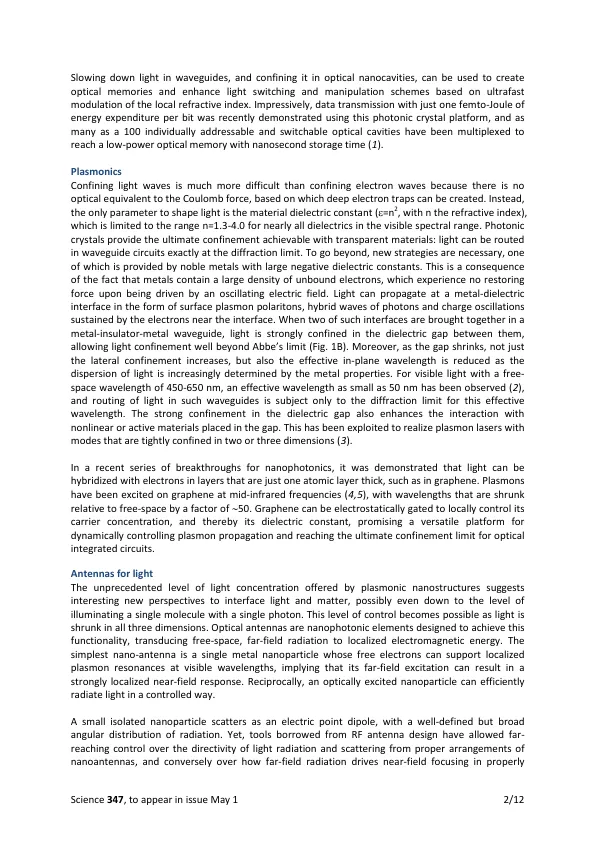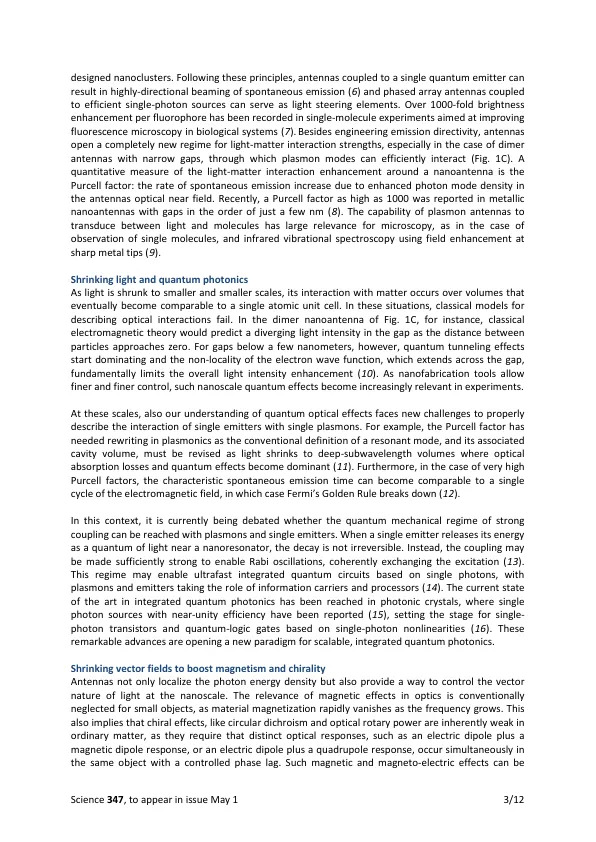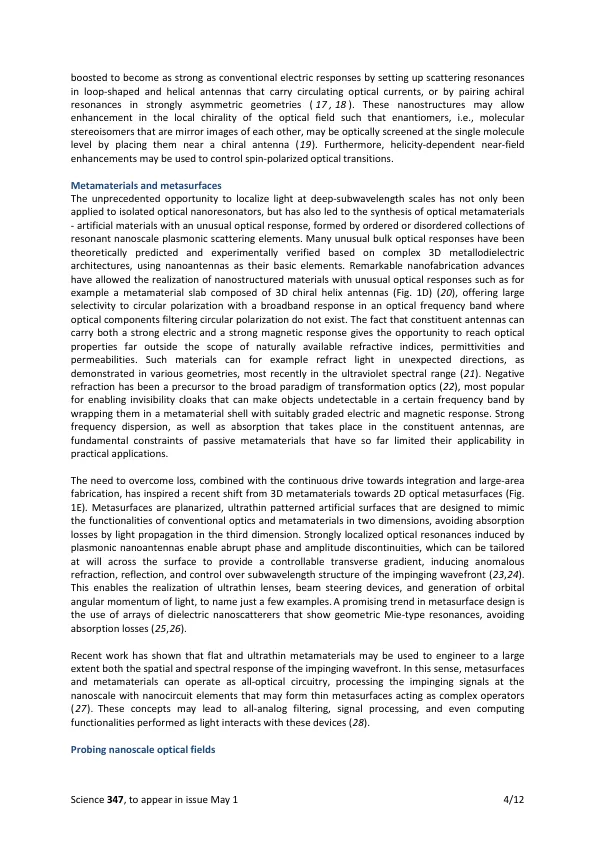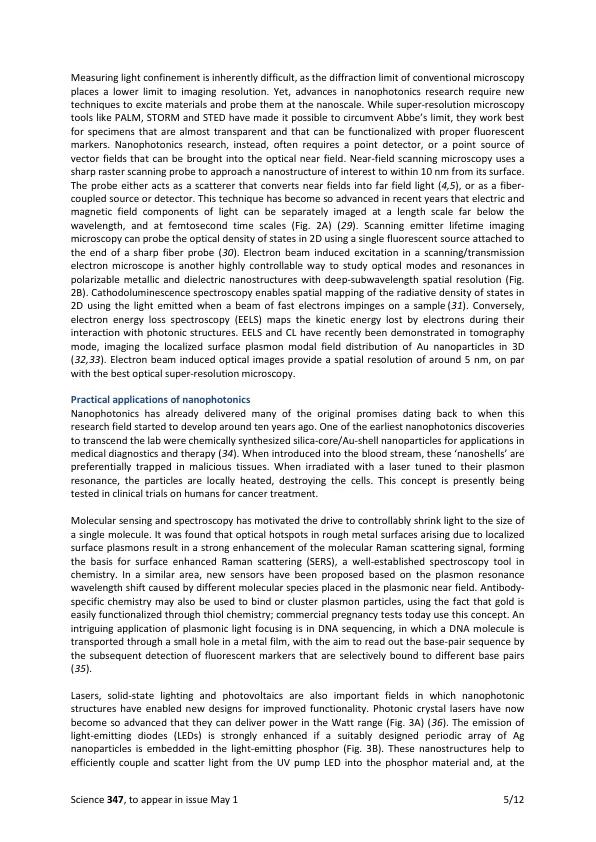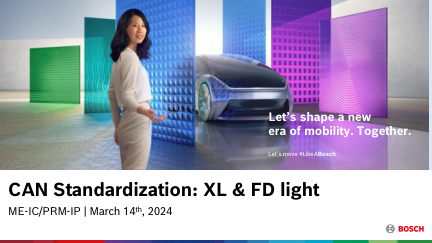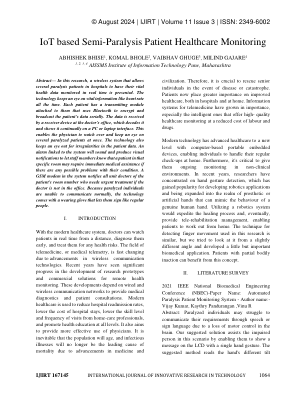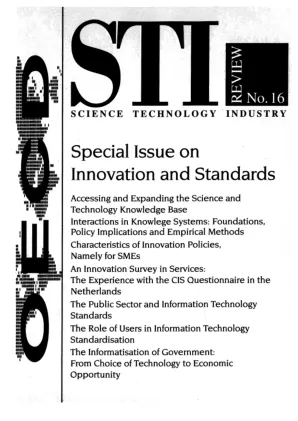Abstract The study of light at the nanoscale has become a vibrant field of research, as researchers now master the flow of light at length scales far below the optical wavelength, largely surpassing the classical limits imposed by diffraction. Using metallic and dielectric nanostructures precisely sculpted into 2D and 3D nanoarchitectures, light can be scattered, refracted, confined, filtered, and processed in fascinating new ways, impossible to achieve with natural materials and in conventional geometries. This control over light at the nanoscale has not only unveiled a plethora of new phenomena, but has also led to a variety of relevant applications, including new venues for integrated circuitry, optical computing, solar, and medical technologies, setting high expectations for many novel discoveries in the years to come. Introduction Optics and the science of light is a lively field of research that continues to surprise decade after decade with fundamental breakthroughs and disruptive applications. Communications technology has been revolutionized by the invention of the laser and the optical fiber, incandescent light bulbs are being replaced by efficient solid-state lighting, and solar energy technologies are on their way to price parity with fossil-fuel based power generation. A large number of these developments has resulted from increased control over the flow of light at length scales smaller than the wavelength. Squeezing light to nanoscale dimensions also opens the prospect of dense optical integrated circuits, which may overcome fundamental challenges related to bandwidth and energy dissipation in today's electronic integrated circuit technology. More broadly, the field of nanophotonics aims at overcoming Abbe's diffraction limit, developing technology able to manipulate light on a deep- subwavelength scale. As photons are shrunk to the nanometer scale, ultimately approaching the scale of the wave function of electrons, fundamental new science is expected, and important technological advances appear. In this article we review recent highlights in the science and applications of nanophotonics, focusing on the ultraviolet/visible/near-infrared spectral range, and provide an outlook for the bright future of this research field. Photonic crystals The initial concept for on-chip miniaturization of light dates back to the late 1990's, when photonic crystals – periodic structures fabricated from high refractive index materials like Si or GaAs – were proposed and realized (Fig. 1A). As the periodicity in these structures approaches the wavelength of light a photonic bandgap can appear, analogous to the energy bandgap in a semiconductor. The propagation of light with a frequency in the band gap is then forbidden, except in localized regions created by a well-designed break in periodicity, such as line defects that can guide light, or point defects that confine light. Band structure engineering gives exquisite control over light dispersion, i.e., over the relation between its frequency ω and its effective propagation constant k=2 π/λ, and thereby also over how fast signals of different wavelengths propagate, as given by the group velocity d ω /dk.
Nanophotonics: shrinking light-based technology
主要关键词
